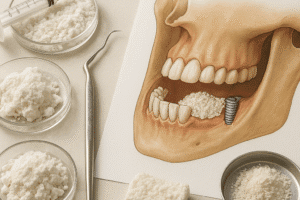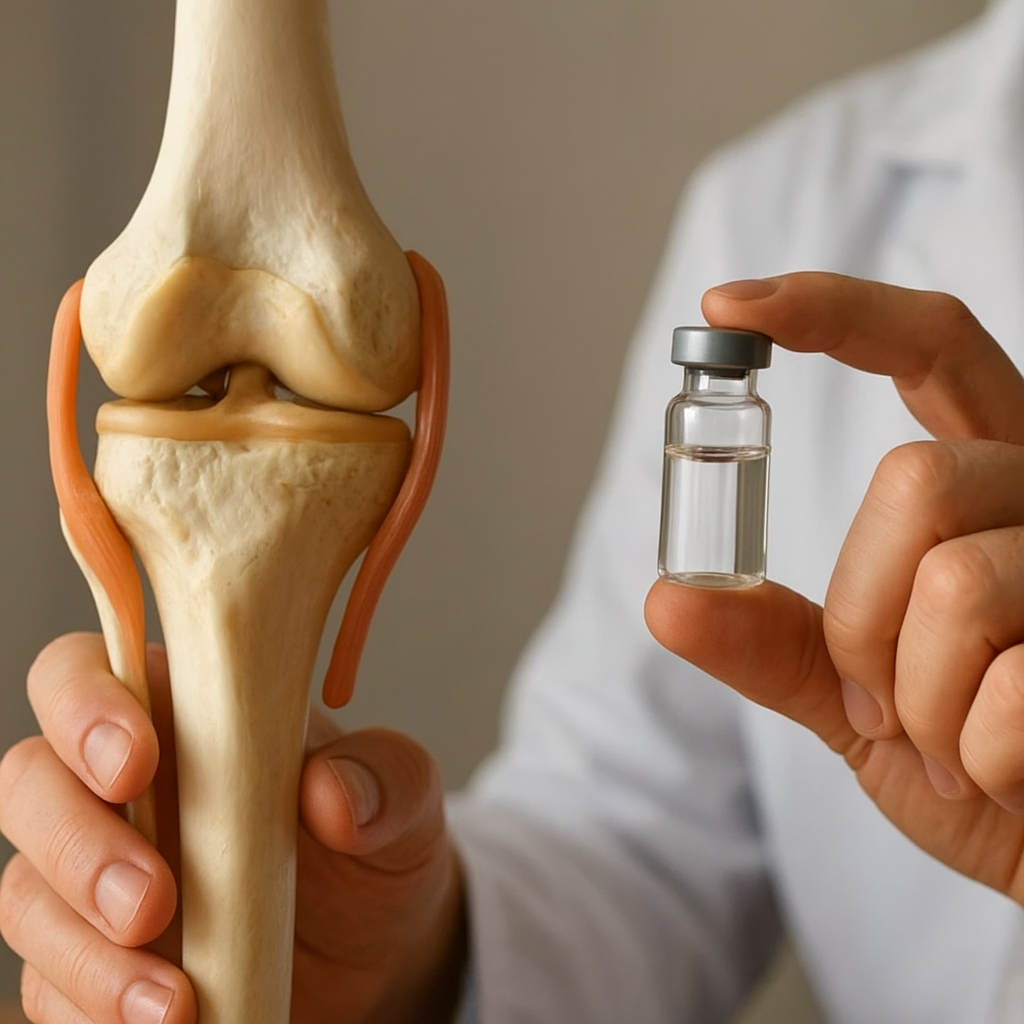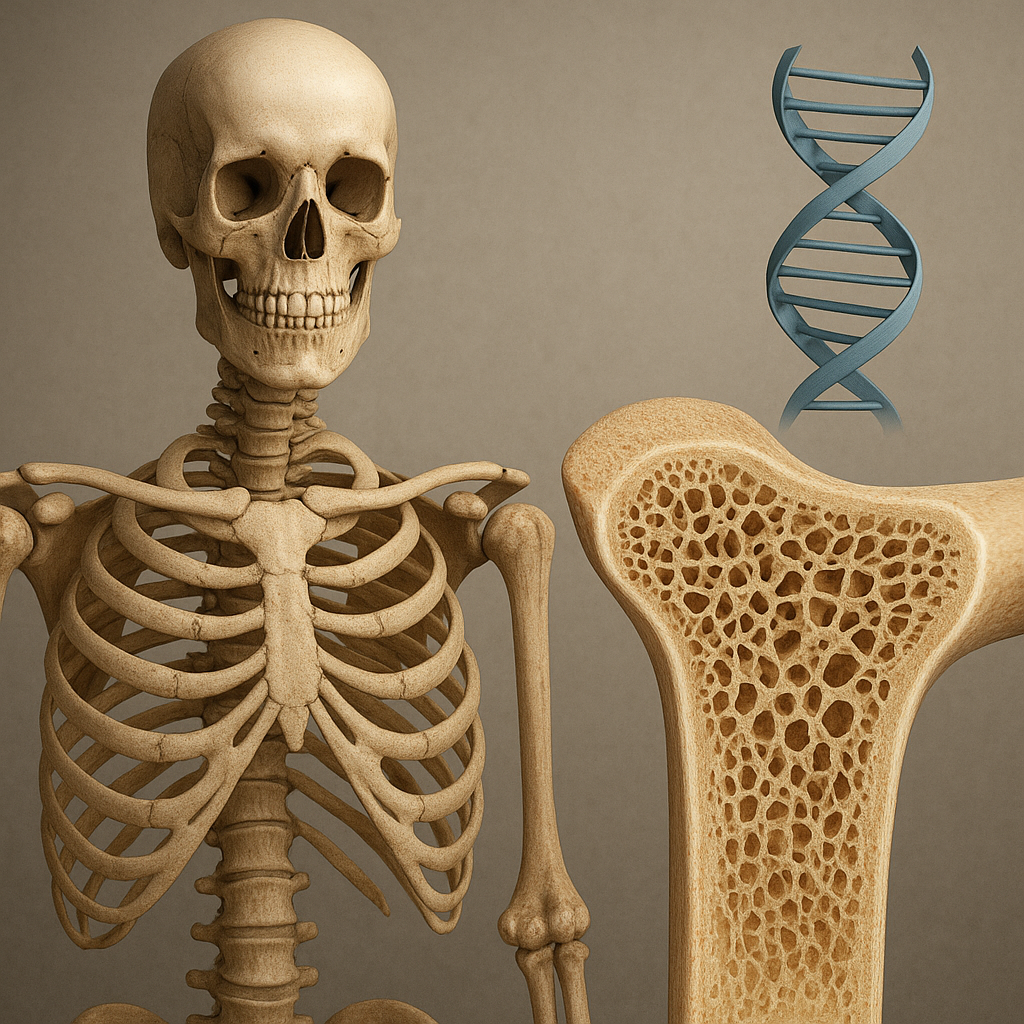Bone necrosis, also known as avascular necrosis, is a serious condition that occurs when there is a loss of blood supply to the bone, leading to the death of bone tissue. This condition can affect any bone in the body but is most commonly seen in the hip, knee, and shoulder joints. Understanding the causes, symptoms, and treatment options for bone necrosis is crucial for effective management and recovery. In this article, we will explore the intricacies of bone necrosis, its implications on health, and the various treatment modalities available.
Understanding Bone Necrosis
Bone necrosis can occur due to a variety of factors, including trauma, prolonged use of corticosteroids, excessive alcohol consumption, and certain medical conditions such as sickle cell disease or lupus. The lack of blood flow deprives the bone of essential nutrients and oxygen, leading to the death of bone cells. Over time, this can result in the collapse of the bone structure, causing severe pain and disability.
Causes of Bone Necrosis
Several factors can contribute to the development of bone necrosis. Understanding these causes is essential for prevention and early intervention. Some of the most common causes include:
- Trauma: Fractures or dislocations can damage blood vessels, leading to reduced blood supply to the bone.
- Corticosteroid Use: Long-term use of corticosteroids can interfere with the body’s ability to maintain healthy blood flow to the bones.
- Alcohol Abuse: Excessive alcohol consumption can lead to fatty deposits in blood vessels, restricting blood flow.
- Medical Conditions: Diseases such as sickle cell anemia, lupus, and certain infections can compromise blood supply to the bones.
- Radiation Therapy: Treatment for cancer can damage blood vessels and lead to bone necrosis.
Symptoms of Bone Necrosis
The symptoms of bone necrosis can vary depending on the affected bone and the stage of the disease. Early stages may not present noticeable symptoms, but as the condition progresses, individuals may experience:
- Pain: Often the first symptom, pain may be localized to the affected joint and can worsen with activity.
- Limited Range of Motion: As the bone deteriorates, joint movement may become restricted.
- Swelling: Inflammation around the joint may occur, leading to visible swelling.
- Joint Stiffness: Affected joints may feel stiff, especially after periods of inactivity.
Diagnosis of Bone Necrosis
Diagnosing bone necrosis involves a combination of medical history, physical examination, and imaging studies. Physicians will often start with a thorough assessment of the patient’s symptoms and any potential risk factors. Imaging techniques play a crucial role in confirming the diagnosis.
Imaging Techniques
Several imaging modalities can be utilized to diagnose bone necrosis:
- X-rays: Initial imaging may include X-rays, which can reveal changes in bone structure, although they may not show early-stage necrosis.
- Magnetic Resonance Imaging (MRI): MRI is the most sensitive method for detecting early bone necrosis, as it can visualize changes in bone marrow and soft tissue.
- Computed Tomography (CT) Scans: CT scans can provide detailed images of the bone and help assess the extent of necrosis.
Treatment Options for Bone Necrosis
Treatment for bone necrosis aims to relieve pain, improve joint function, and prevent further bone damage. The choice of treatment depends on the stage of the disease, the location of the necrosis, and the overall health of the patient. Options can range from conservative management to surgical interventions.
Conservative Treatments
In the early stages of bone necrosis, conservative treatments may be effective in managing symptoms and slowing disease progression:
- Rest and Activity Modification: Reducing weight-bearing activities can help alleviate pain and prevent further damage.
- Physical Therapy: A tailored physical therapy program can improve joint function and strengthen surrounding muscles.
- Medications: Nonsteroidal anti-inflammatory drugs (NSAIDs) can help manage pain and inflammation.
- Bone Protectors: Medications such as bisphosphonates may be prescribed to help protect bone health.
Surgical Treatments
If conservative measures fail to provide relief or if the necrosis progresses, surgical options may be considered:
- Core Decompression: This procedure involves removing a portion of the inner bone to reduce pressure and improve blood flow.
- Bone Grafting: In cases of significant bone loss, grafting may be performed to replace the damaged bone with healthy bone tissue.
- Joint Replacement: In advanced cases, total joint replacement may be necessary to restore function and alleviate pain.
Rehabilitation and Recovery
Post-treatment rehabilitation is crucial for recovery from bone necrosis. A comprehensive rehabilitation program can help restore strength, flexibility, and function to the affected joint. This may include:
- Physical Therapy: Continued physical therapy can aid in regaining mobility and strength.
- Occupational Therapy: Occupational therapists can assist in adapting daily activities to accommodate any limitations.
- Regular Follow-ups: Ongoing medical evaluations are essential to monitor recovery and address any complications.
Conclusion
Bone necrosis is a complex condition that requires timely diagnosis and appropriate treatment to prevent long-term complications. Understanding the causes, symptoms, and treatment options is vital for individuals at risk or experiencing this condition. With advancements in medical science, many patients can achieve significant improvements in their quality of life through effective management strategies. Early intervention, combined with a comprehensive rehabilitation program, can lead to successful outcomes and a return to normal activities.













